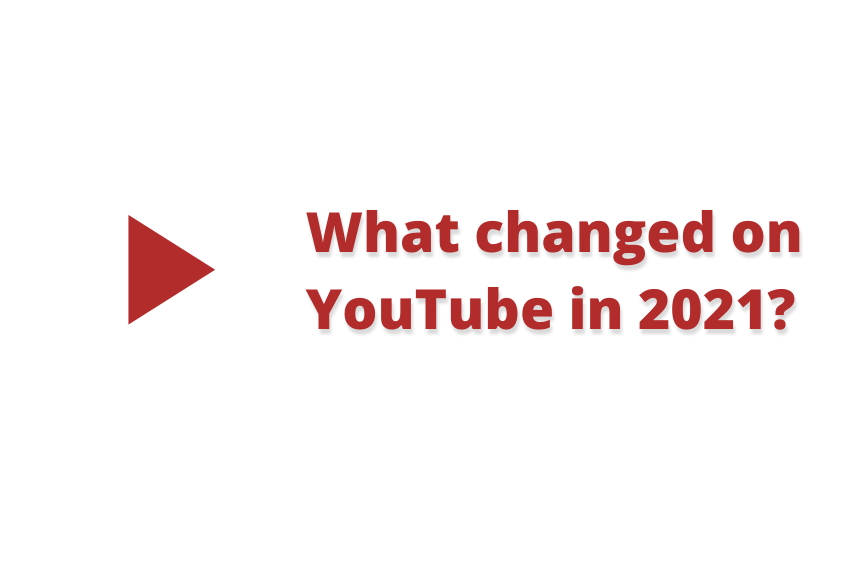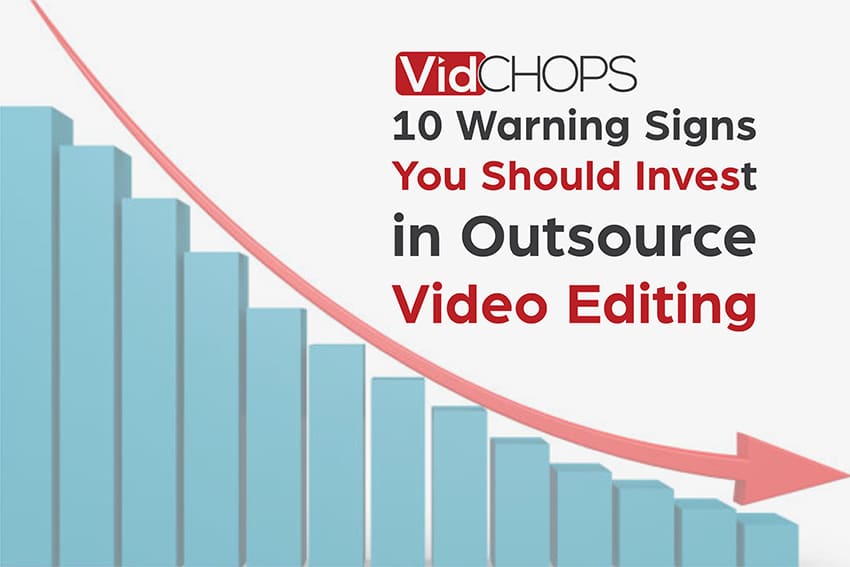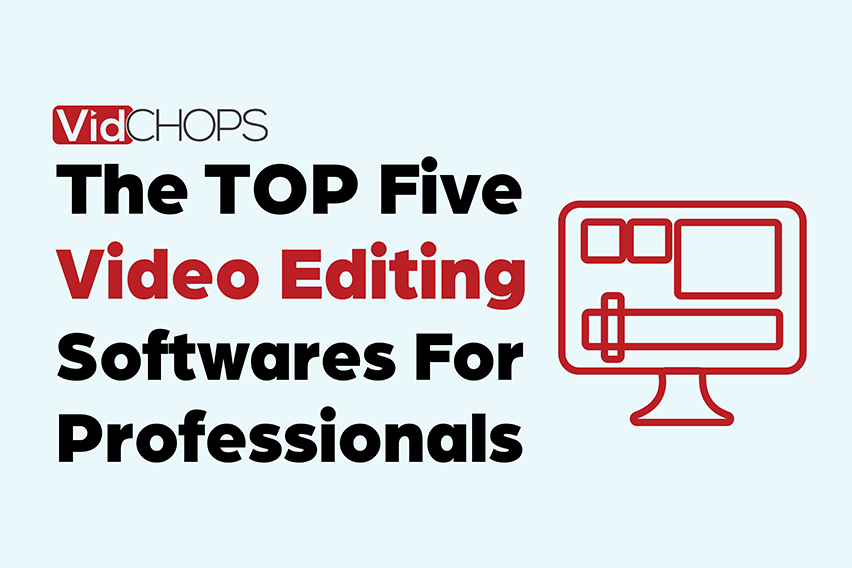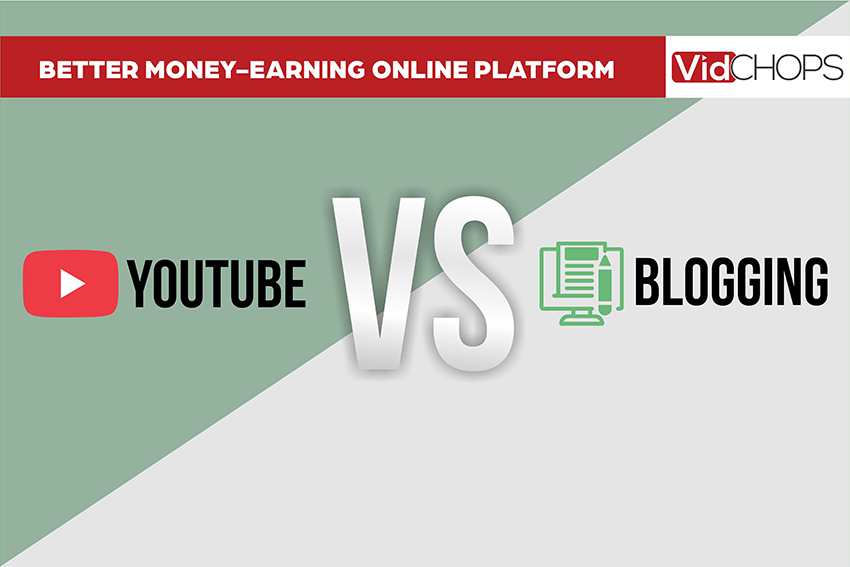How Top Video Creators Turn Simple Views Into 7-Figure Businesses
We break it all down on The Video Creatr Show, click the link below.
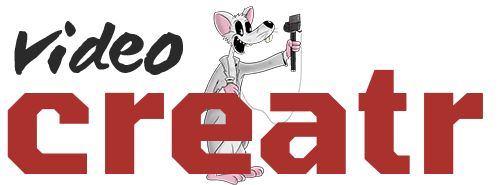
YouTube is constantly changing. As a creator, it’s so important to be attuned to alterations made on the platform. That way you can ensure that your content continues to excel – even when those pesky algorithms change (as they so often do). Today we’re here to help you navigate all the changes made on YouTube in 2021, from monetization to ad formats, shorts to subscriber counts. So, without further ado, let’s unravel the latest must-know YouTube insider secrets.
1- Monetization
For content creators using YouTube to earn money, keeping abreast of YouTube’s monetization process is an absolute must. From 2018, YouTube stipulated that anybody wishing to earn money on the platform would need to be accepted by, and adhere to the stipulations of, the YouTube Partner Programme. In 2021 this longstanding criterion changed and YouTube announced an updated monetization process to be rolled out first in the US and then globally.
Under the updated regulations, ads will now be placed even on videos posted by creators who are not members of the Partner Program. However, and this is the important bit, creators must still join the YPP if they want to see the returns from these ads. Revenues generated from ads on videos that are not YPP verified will not go to the creators themselves but to YouTube.
2 – Ad Formats
YouTube is constantly adding different Ad formats to its platform and there is a wide array of ads that can be mobilized in and around video content on the platform right now. This is making YouTube an increasingly popular advertising platform for a diverse range of brands and businesses. Currently, YouTube is mobilizing seven different advertising formats.
These include Display ads located on the right-hand side of a video; overlay ads that appear at the bottom of a video; personalized cards that flag up products directly related to the video content itself; and fixed banner images displayed just outside of the video viewing frame. Needless to say, the old classics including skippable and non-skippable video ads that appear before a video is played are also in operation, along with non-skippable bumper ads.
Creating an engaging advert for YouTube is a fantastic way to generate interest and leads for your business. The key is to make your advertisement engaging, short, direct, and provide a super click-worthy CTA that leads your prospect to a relevant landing page. In order to create a lead-generating ad, it’s important to get the editing, messaging, and imagery on point. With VidChops, you can send your video content directly to our video editing experts and we’ll send it back ready to post online!
3 – YouTube Shorts & moving towards mobile
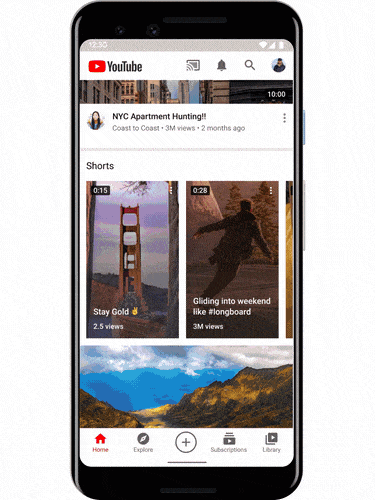
One of the most noteworthy changes made on YouTube in 2021 has to be the introduction of YouTube shorts. Following in the footsteps of Instagram Reels and TikTok, YouTube has introduced its very own platform for short-form content. YouTube shorts are videos of 15 seconds or less that can be uploaded onto YouTube directly from a mobile phone, making YouTube the next big player in fast video content creation with the added benefit of monetization. Trialed initially in India, this year shorts were finally rolled out to the rest of the world!
YouTube is also making a concerted effort to make the platform more mobile friendly for its creator community. With more and more YouTube creators choosing to shoot their content using a mobile phone (as opposed to a digital camera or professional filming equipment), YouTube has introduced the YouTube Studio app so that videos can be shot, edited, and uploaded, all from a mobile device. There is still room for improvement, and the mobile app lacks some of the more specialized features available to desktop users (features such as metadata, real-time analytics, and sort functionality), but nonetheless, it is now possible to create and distribute content directly from a mobile phone!
4 – User Retention Insights
Data is incredibly important for video content creators. It’s what helps monitor success. One area where YouTube analytics had been falling short was in reference to its user retention insights. This year YouTube added additional metrics to help creators generate a more accurate view of their user retention rates and boost channel performance as a result. Now, creators can assess exactly which parts of their videos correlate with engagement.
In other words, it is not possible to see where user engagement is peaking and where it is dropping off. This allows creators a competitive insight and a far greater opportunity to optimize videos for increased engagement and retention rates.
Furthering from this YouTube is also hoping to introduce even more precise analytics to measure engagement for specific video segments as well as a range of data features including a typical retention comparison chart to measure retention performance over time, and comparative charts to assess how different elements and chapters influence retention.
5 – YouTube Search Algorithm
Next up, let’s talk algorithms. The YouTube search algorithm is the biggest mystery for content creators. As soon as the code seems to be cracked, YouTube just turns around and changes everything again. Many YouTubers have tried to uncover the secret to hacking the algorithm. Whilst there may be no ultimate answer to this long-standing conundrum, there certainly are patterns and processes that can be attributed to getting your video seen on YouTube.
The YouTube algorithm is what selects content for individual viewers. This content is directed to each individual user’s YouTube homepage, search results, and suggested videos. YouTube uses a range of ranking factors to distribute content in this way. The three main factors are user history, video performance, and audience trends. Using these ranking factors, YouTube selects what it thinks are the most relevant and clickable videos for each user.
6 – Subscriber & Dislike Count
For many years YouTuber and creator success has been primarily attributed to their subscriber count. The more subscribers, the more successful, right? Well, times are changing and subscriber count is losing its importance on YouTube in general.
This is because the way YouTube is populated has changed. Unlike in its early days, when the number of creators on the platform was relatively small, YouTube is now inundated with content. And more content means it’s harder for individual searchers and users to find exactly what they’re looking for. To try and remedy this issue, YouTube is shifting its attention away from subscription feeds and shifting the user’s attention to their homepage. By doing this, users are encouraged to engage with a wider pool of content than just that made by creators they already subscribe to. As a result, it’s more important to get your video content ranking on a user’s homepage than it is to get users to subscribe to your channel in their droves.
It’s not just the subscriber count that is morphing and adapting to YouTube of 2021. The dislike count has seen massive amendments as well. YouTube has now made the dislike count private. Users can still press the dislike button on videos that they don’t rate, but the number of dislikes accrued on a video will not be visible to the general audience. Instead, only creators themselves will be able to see their video’s dislike rates. YouTube has said that this change was introduced as a way to reduce creator harassment and dislike attacks where users purposefully band together to increase the number of dislikes on a targeted YouTuber’s video or videos.
7 – Video Chapters & categories
2021 is the year of video chapters and categorization on YouTube. But what does this mean, exactly? Video chapters were first introduced to the platform way back in 2019. You may have noticed these handy time dividers underneath longer YouTube videos that break up content into themes/ sections. Each of these themes/ sections has its own preview and automatically generates a timestamp that gets published alongside the video in the description section below.
Now, in 2021, YouTube has taken this one step further by introducing chapters on recommended videos, allowing searchers to access video segments directly. As well as this, YouTube is also working to make it easier for users to navigate the YouTube homepage with handy video categories. Recommended video content will be split into themes and categories so that users can quickly find content relevant to them without even having to search for it. Popular categories currently include things like gaming, film, photography, and live video.
Get YouTube Savvy!
A lot has changed on YouTube this year. As a creator or advertiser, it’s super important to get to grips with all the intricacies of your platform. From ad layouts to algorithms, understanding YouTube is the best way to generate more engagement and success for your content long-term. Needless to say, things will change again, so keep researching and adapting to everything that YouTube has to offer. And, most importantly, good luck on your YouTube journey!
Whatever kind of content you create, whether it’s vlogs, tutorials, travel, gaming or something else entirely, you’ll want to make sure that your video editing is top notch. But, as all longstanding content creators know all too well, editing is an arduous and time-consuming process. That’s why we’ve developed our VidChops service. VidChops allows creators to send in raw footage for professional editing. It’s like pay-as-you-go video editing. No need to hire a full-time or part-time editor or freelancer. Simply upload your footage and we’ll send it back to your ready to go in no time! No contracts, no obligations.
